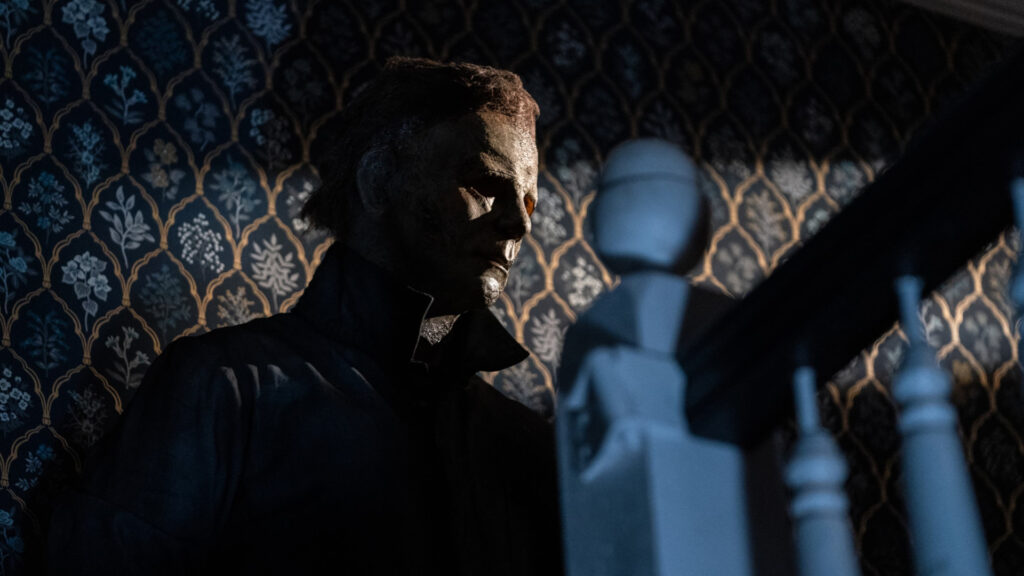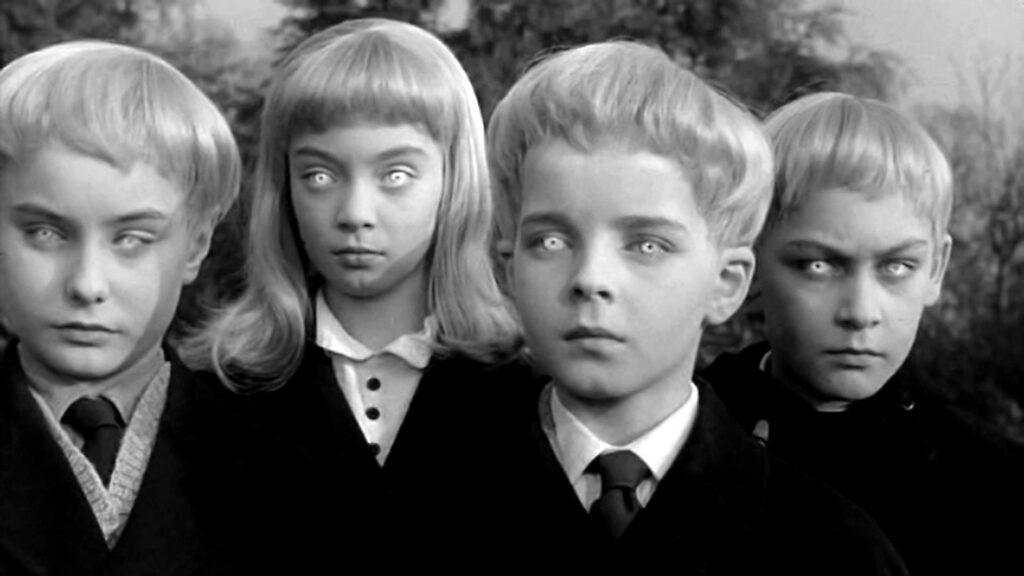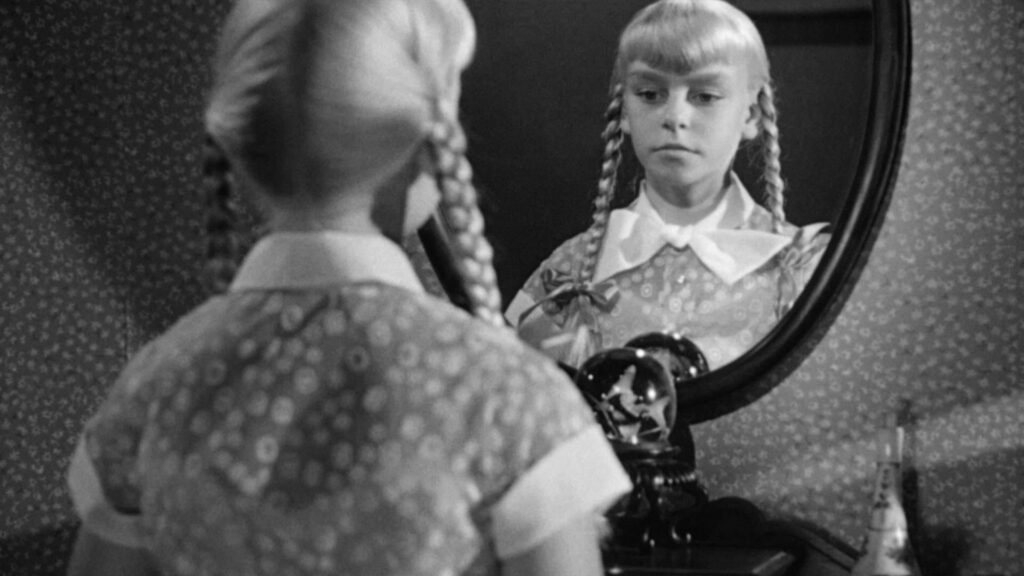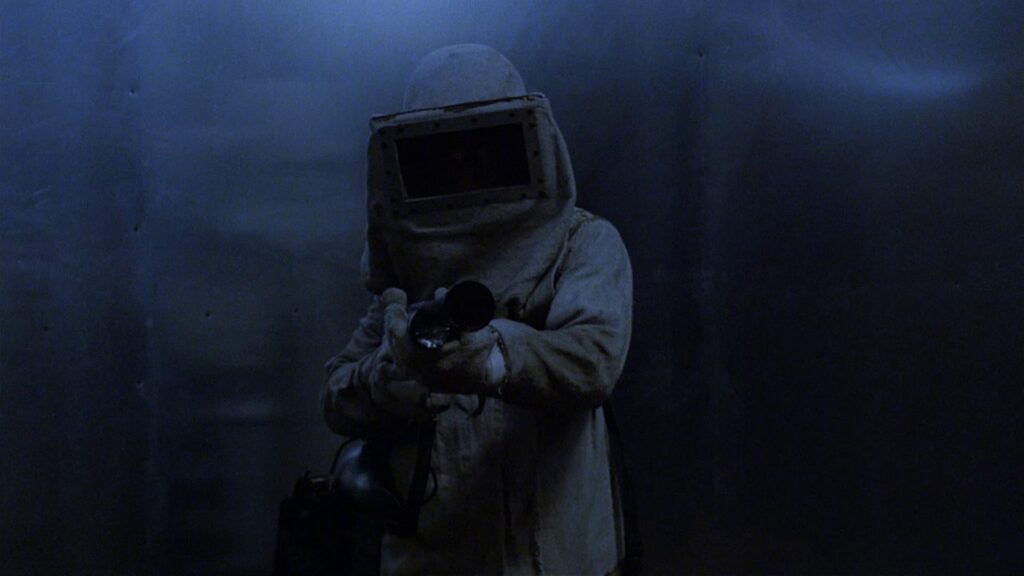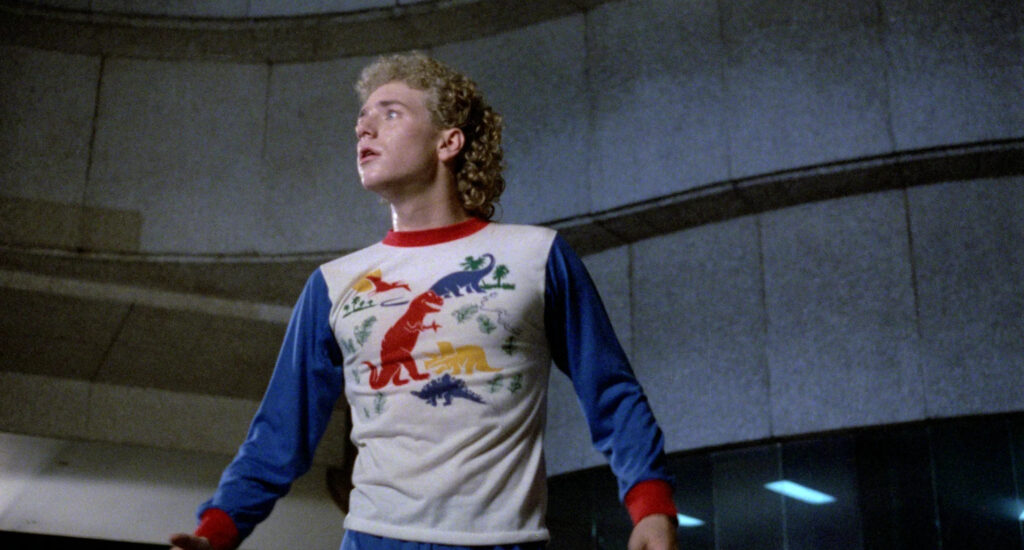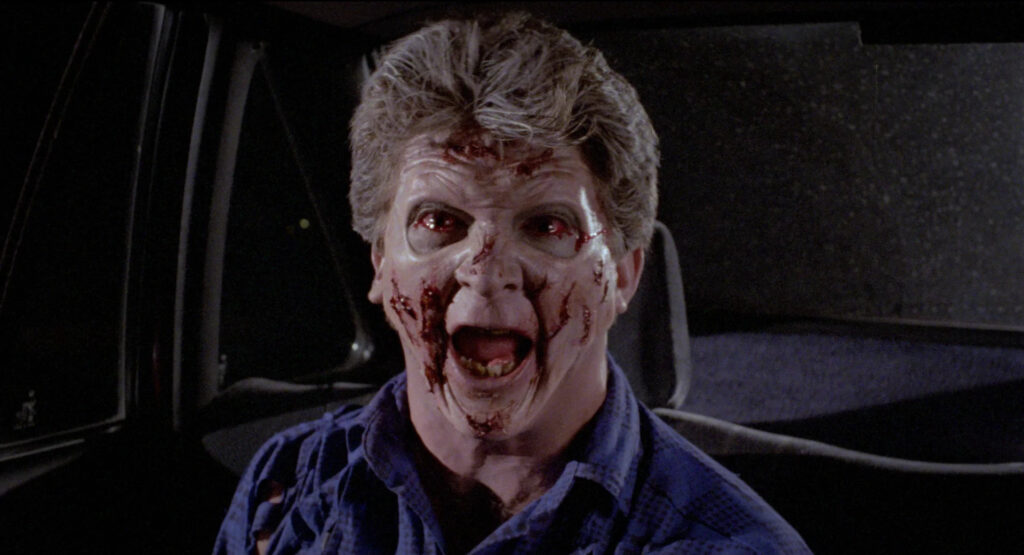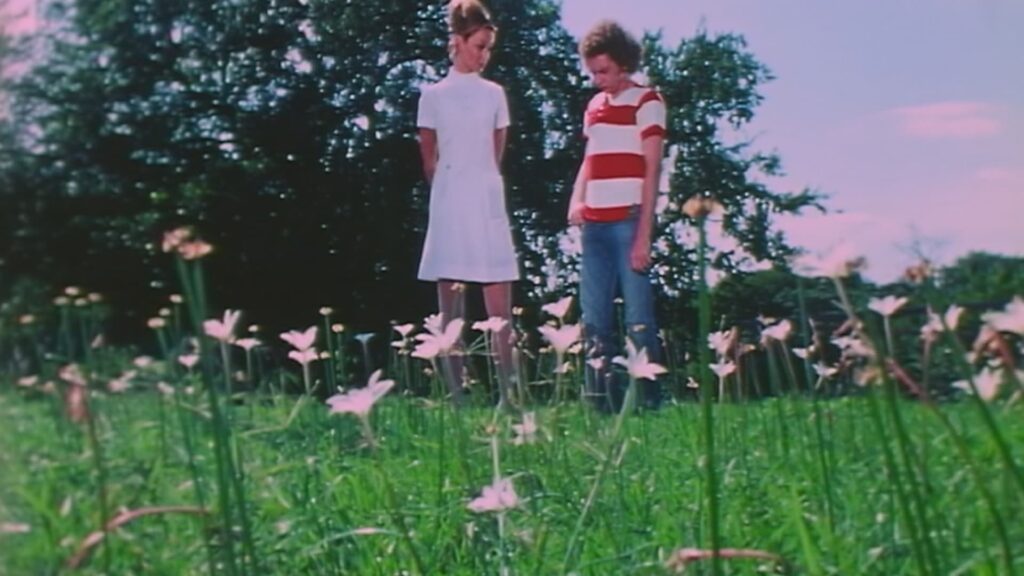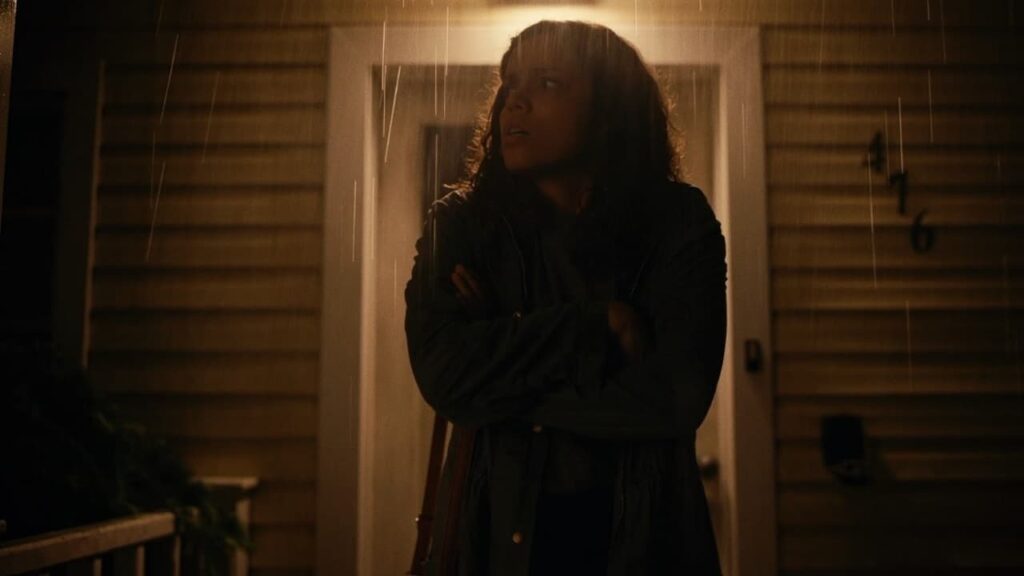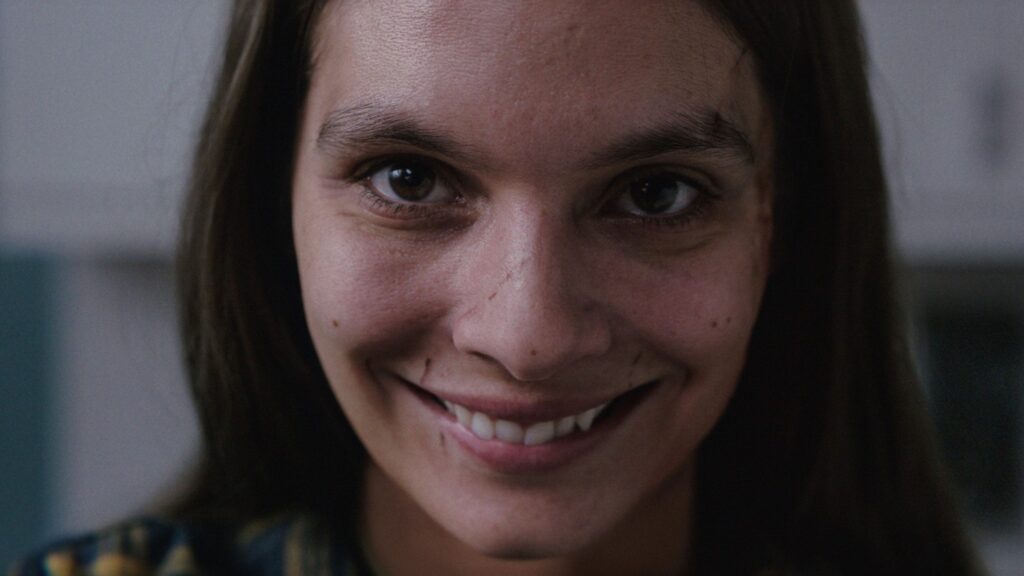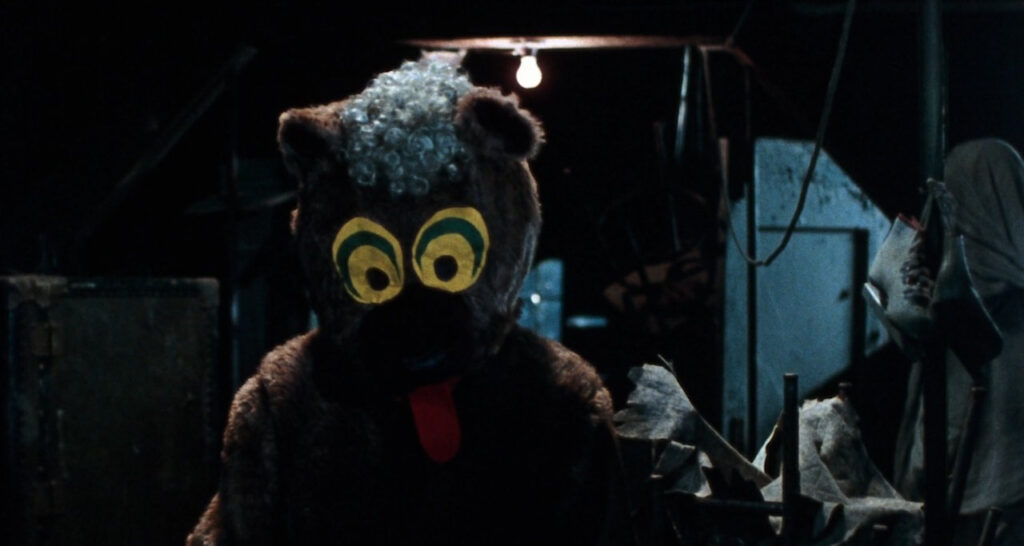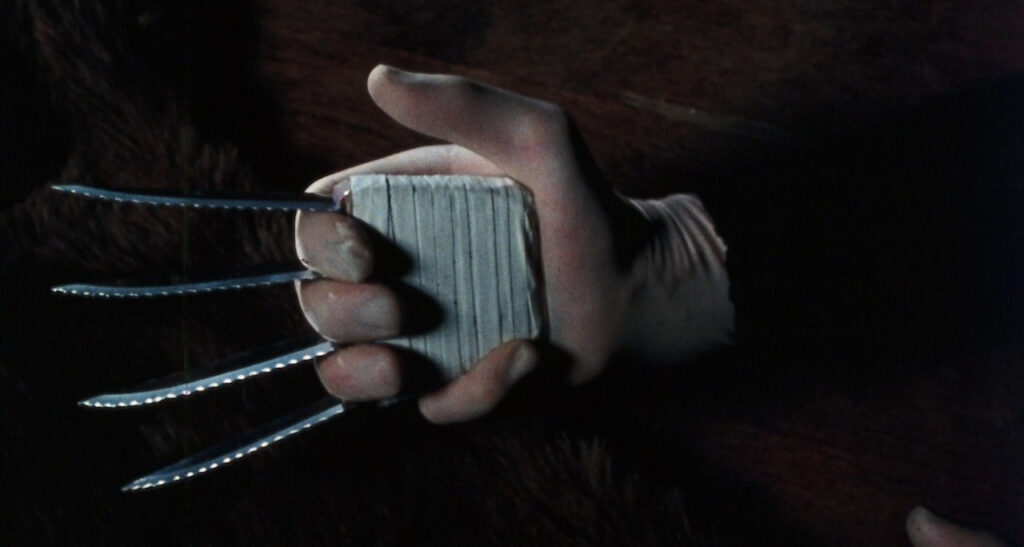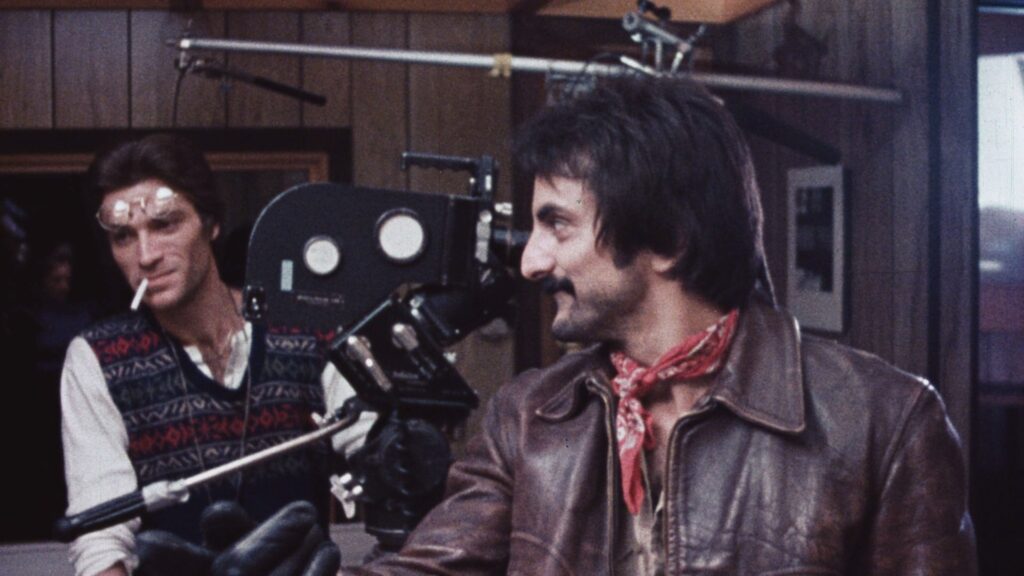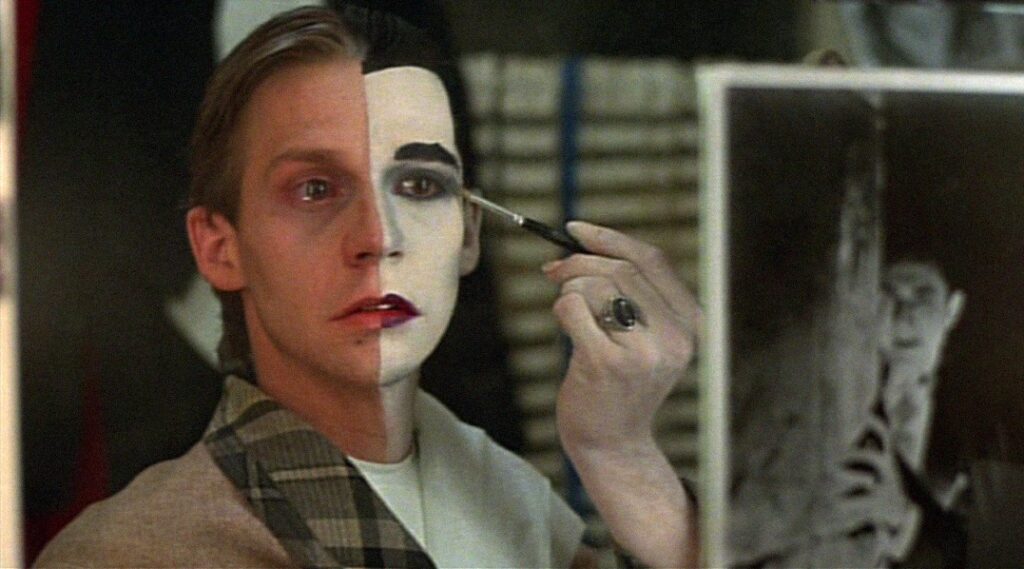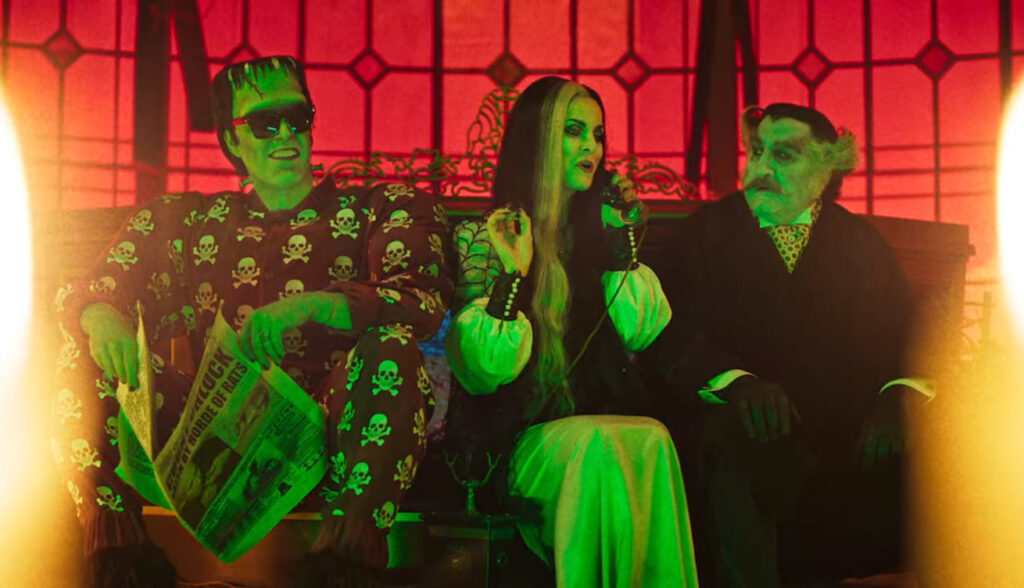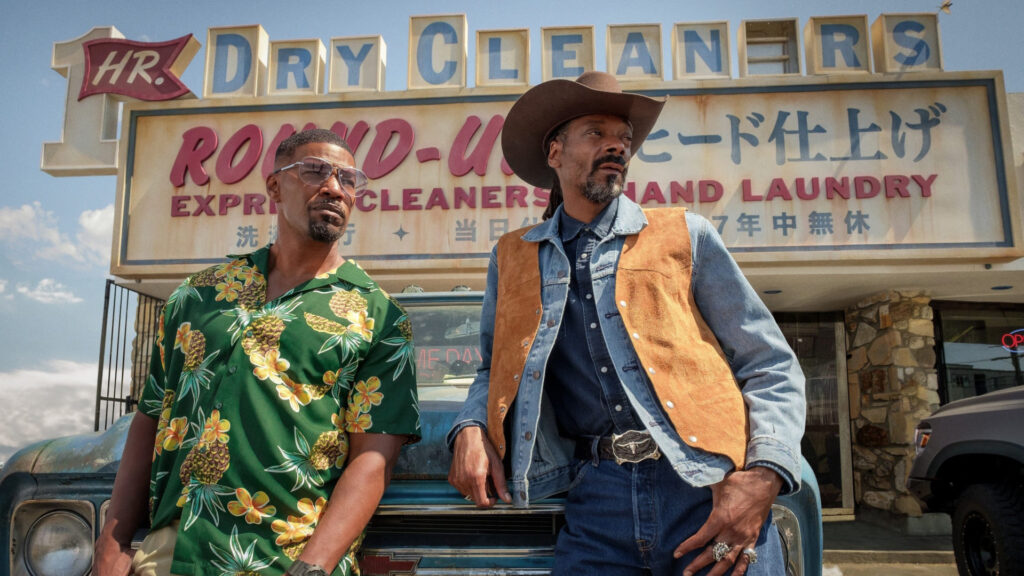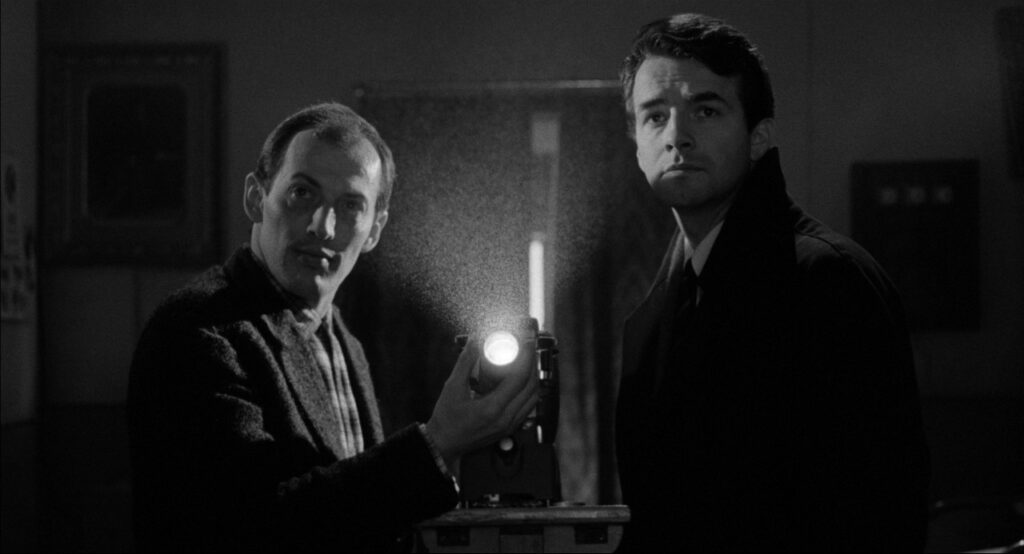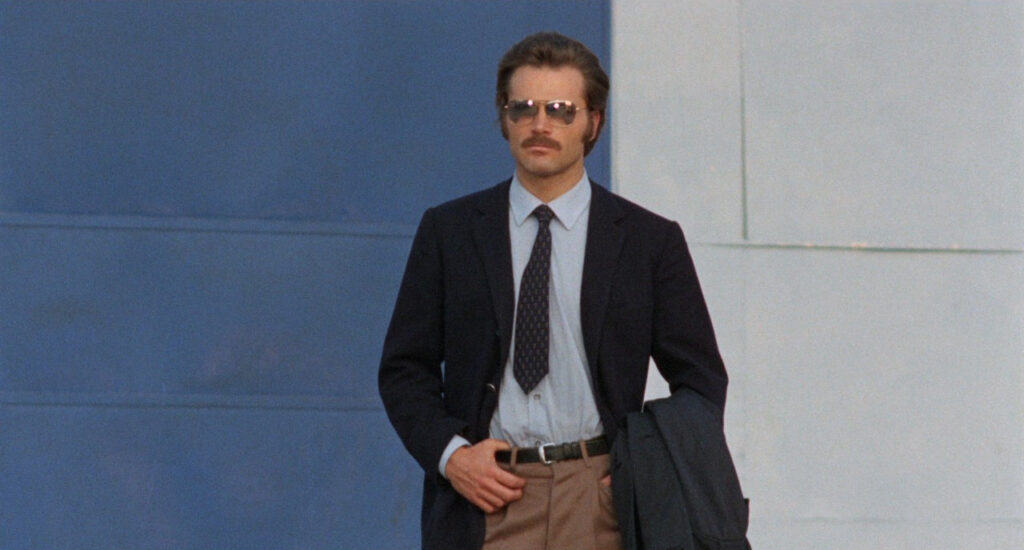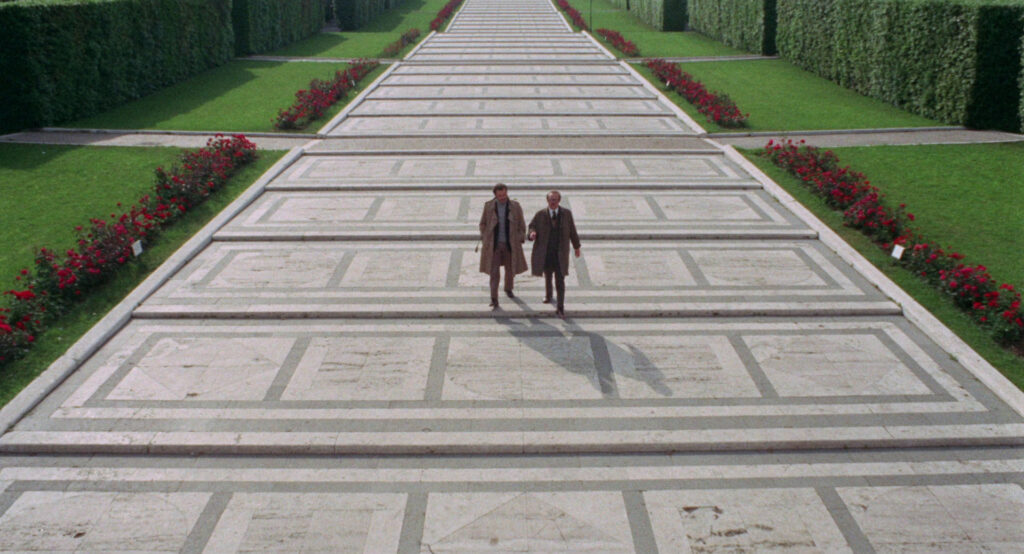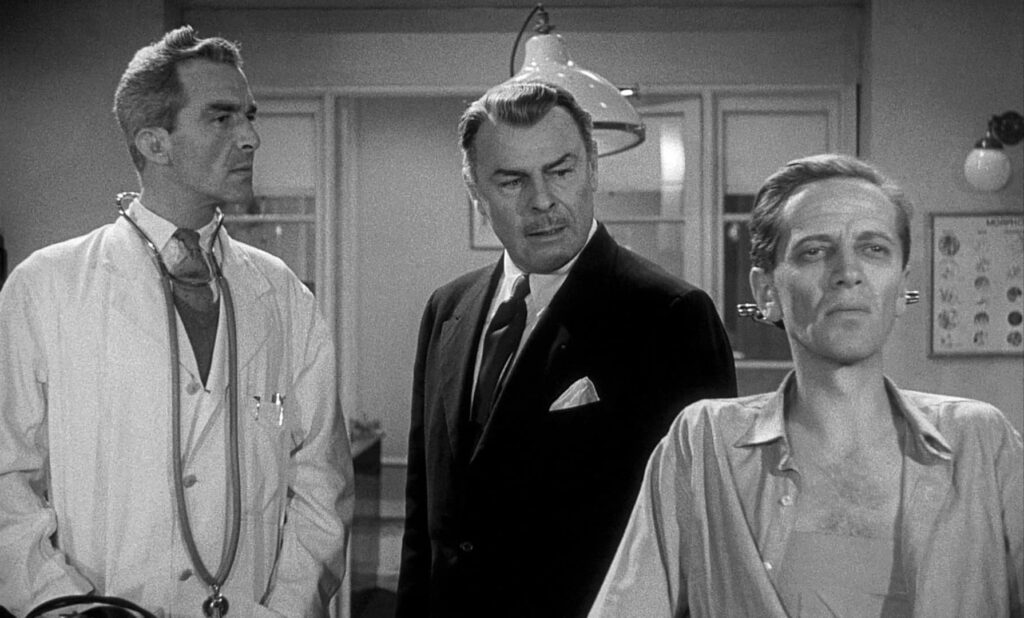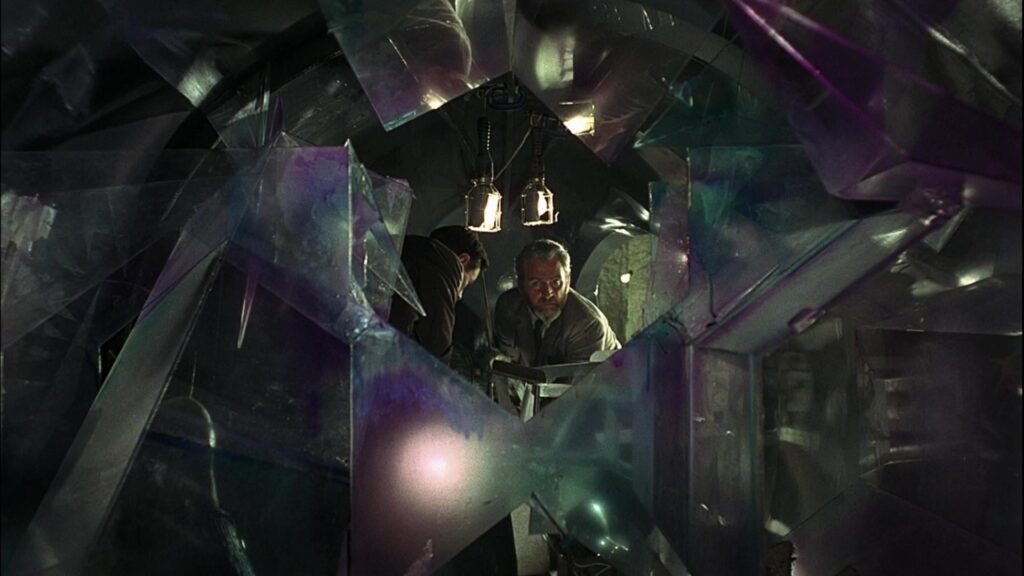Horror Franchises Go to Space!
Horror franchises that live long enough almost inevitably reach a point of creative bankruptcy and jump the shark. This takes various forms, but one of the most amusing is when they send the franchise to outer space. There aren’t actually a ton of these, but there are enough, and while the conceit is irrevocably silly, the batting average for these movies is surprisingly good? Maybe “good” isn’t the right word, but they’re all pretty amusing and entertaining in their own way. The highest profile example is clearly Jason X, a movie we’ve already covered a few times here. Still, I was able to cobble together three more examples (oddly enough, all the fourth installment of their respective franchise) and despite this seeming like a weekly theme destined for a bad experience, I had a pretty good time with all these movies.
The Six Weeks of Halloween: Week 6 – Horror Franchises Go to Space!
- Hellraiser (2022) (trailer)
- Pinhead’s New Look (Robot Chicken)
- Cenobite Cinnabon (short)
Hellraiser: Bloodline – This fourth Hellraiser film tries to tell the full history of Lemerchand’s box. A prequel detailing the creation of the box by a French toymaker, a sequel to the excesses of Hellraiser III: Hell on Earth that explains the mysterious Lament Configuration building that appeared at the end of that movie, and the ultimate conclusion set in the far flung future of 2047 on a space station.
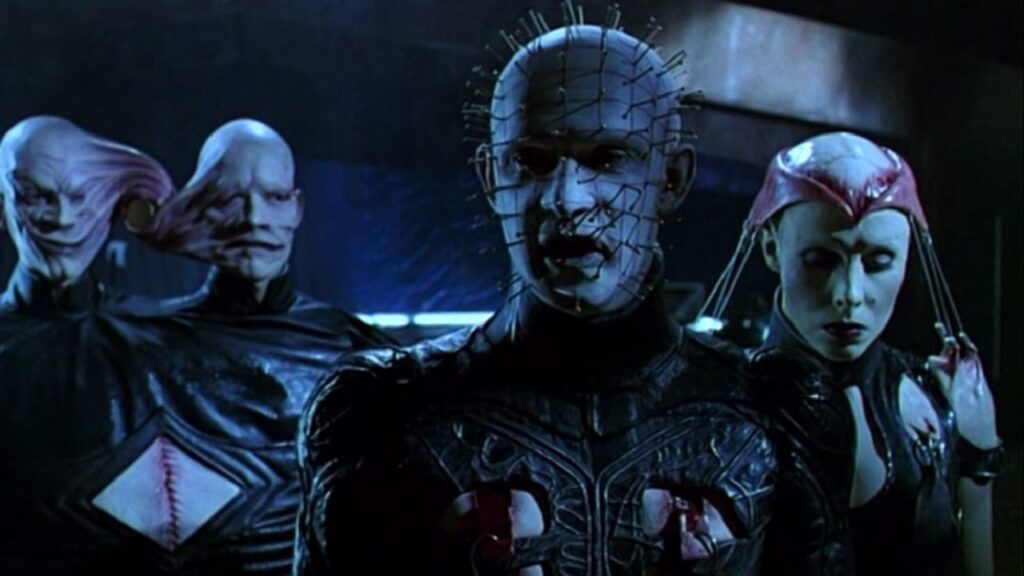
I actually saw this movie in the theater back in 1996. Had to travel to the dam tri-state mall to see it, and it turned out that the theater was basically empty. Me, a friend, and one other dude. I know the movie has some rather serious flaws and definitely muddles with the mythology of the series, but I rather enjoyed the idea back then, and I was surprised to find that I still had some fun with it, even today.
The film had a troubled production. Lots of studio interference, reshoots with another director, such that the original director, effects and makeup guru Kevin Yagher, formally disowned the project. Due to vagaries of film credit attribution, this makes Hellraiser: Bloodline one of the hallowed few to be attributed to the infamous Alan Smithee pseudonym. Watching the film, you can absolutely feel the behind-the-scenes tumult, but the skeleton of what Yagher (and Clive Barker) intended seems to still be in place and functioning. It’s not perfectly executed or anything, and I’m not entirely sure how good this could be even in the best of scenarios, but I still kinda like the idea at its core.
I know I just spent a bunch of time decrying Halloween Ends‘ ambitious take on that series, but even though Hellraiser: Bloodline isn’t especially accomplished, I think it actually delivers on more of its potential than Halloween Ends, which sounds absurd, I know. There are some severe flaws. The film opens in the future on a space station, then uses a flashback structure to tell the prequel/sequel stories before returning to the future. Using that as a framing device is awkward, since it removes any sense of suspense in the first two segments of the film. Granted, stopping every 20-30 minutes to say “200 years later” or whatever is also a bit clunky, but it would at least be surprising for those going into the film blind (and it could have had the surprising effect of stuff like Psycho or it’s many imitators like Scream).
The opening sequence is perhaps my favorite, with bad French wigs and sacrificial satanic rites and hammy overacting and a young Adam Scott? The middle segment, which is the longest, drags a little and suffers the most from the framing device (hard to worry about the continuation of the toymaker’s bloodline when we already know his descendent will end up on a space station in the future), but that’s where Pinhead shows up and starts dropping pretty great line readings of cheesy but actually kinda effective dialogue. The future segment pits Pinhead against space marines, which has to count for something.
A lot of the scare sequences that are supposed to be suspenseful come off as more perfunctory than anything else, but I still appreciate what they were going for here. Not a good movie, per say, but more enjoyable than you’d think (and certainly better than Part III and/or most of what follows in the franchise). ** (but this does sorta defy ratings)
- Strawberry Smiggles (Rick & Morty)
- HELL NO: The Sensible Horror Film (short)
- Horror Movie Daycare (short)
Leprechaun 4: In Space – On a distant planet, a power hungry Leprechaun kidnaps a princess in the hopes that marrying her will grant him enough royal power to rule the universe. Or something like that, it doesn’t really matter, does it? This is not especially connected in any way with the previous entries in the series (not that I’m an expert there, to be honest), but again, I don’t think that really matters.
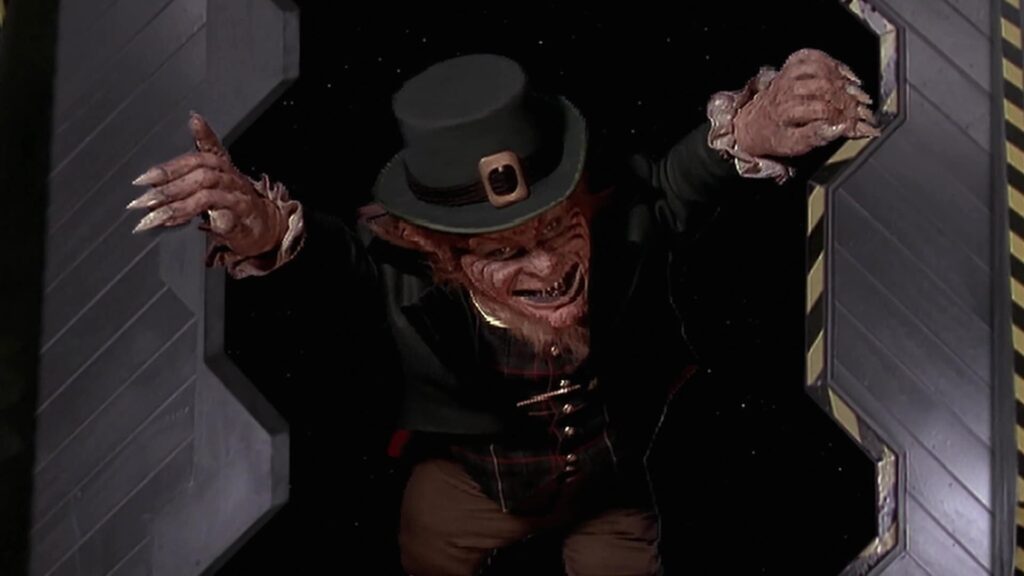
This is quintessential so-bad-it’s-good cheese. Low budget, shamelessly juvenile, dumb, and rather entertaining. Macho space marines that are clearly dollar-store imitations of the Colonial Marines from Aliens, with the sergeant in particular hamming things up with his delivery of cliched dialogue. A mad scientist that gets Cronenberged also gives it his all, to amusing effect. His assistant is perhaps more restrained, but almost as weird. Warwick Davis still seems to be having fun as the titular mischievous imp. Instead of copious rhyming puns, he monologues and quotes Shakespeare. There’s a rebigulator/debigulator that is introduced, and eventually enlarges the Leprechaun, because of course there’s a giant Leprechaun wreaking havoc on this space station.
Look, this isn’t in any way good, but it’s so delightfully bugnuts that I couldn’t help being thoroughly entertained throughout the runtime. **1/2 (but again, this defies ratings)
- “Gremlins 2” Brainstorm (Key & Peele)
- Critters (trailer)
- Critters 2 (trailer)
Critters 4 – Bounty Hunter Charlie has discovered the last two Critters eggs in existence, but he gets stuck in a transportation probe that gets lost in space. He’s picked up by a salvage crew and brought to an abandoned space station. Naturally, the Critters escape and do their thing.
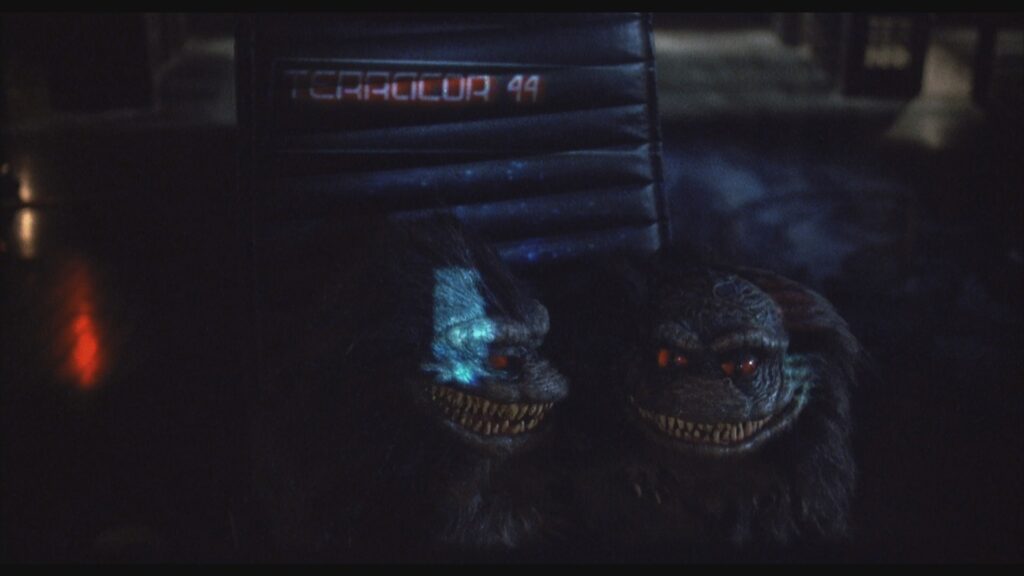
Of the horror franchises that have gone to space, this is probably the most logical one. Indeed, all the Critters movies feature space in some way, so it actually makes sense that they’d eventually set an entire installment in space. Of course, there’s not really much to do once they get there. Indeed, the Critters don’t even really show up until 30 minutes into the movie, and there’s only two of them. There’s one pretty gnarly death scene, but the rest are somewhat rote (or even worse, offscreen).
What saves the movie from being a complete and utter mediocrity is the cast. A young Angela Bassett, a rare heroic Brad Dourif, and the guy who played Leo from Twin Peaks are all present and giving it their all. It’s all presented a bit too serious and the pacing is lethargic, but there’s something divertingly odd about his movie. It’s far from the hoot that the first two movies represent, but it’s a step above part 3. Not particularly necessary, but just weird enough to hold interest. **
I don’t know how these 6 weeks flew by so quickly, but we’ve still got plenty to come. We should have some movies I inexplicably haven’t seen yet on Wednesday, and next Sunday will be the usual Speed Round of quick hits on movies I watched, but haven’t covered in depth (and we’ll catch up on some horror books the following week)…
